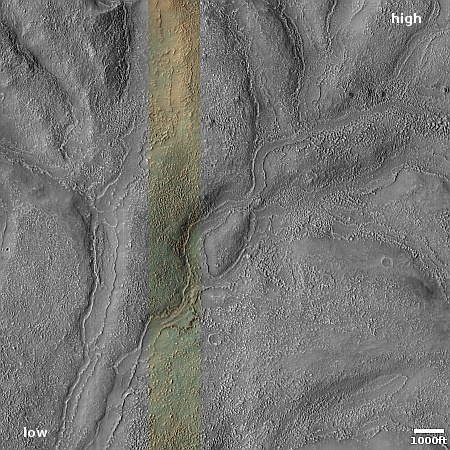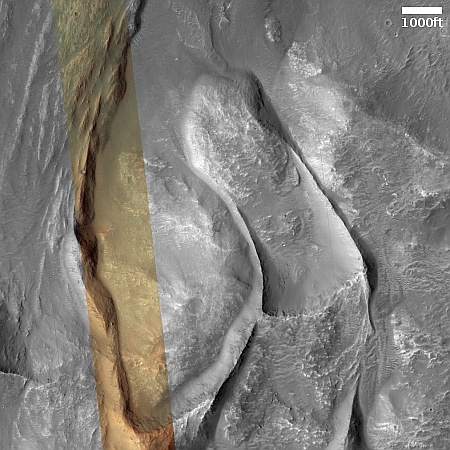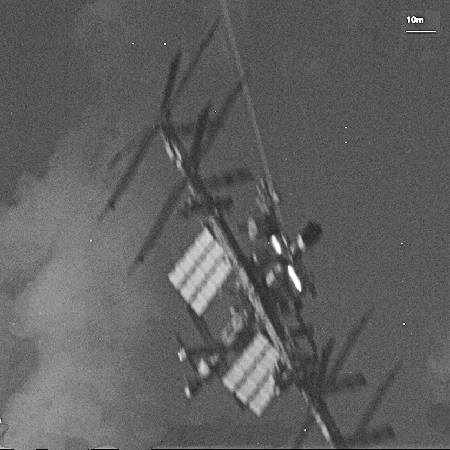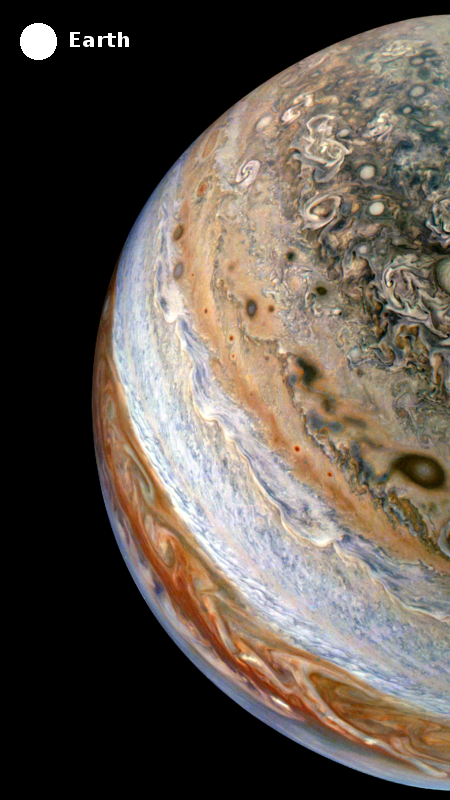SpaceX launches more Starlink satellites
March on bunny! SpaceX last night successfully launched another 23 Starlink satellites, its Falcon 9 rocket lifting off from Cape Canaveral in Florida.
The first stage completed its eighth flight, landing on a drone ship in the Atlantic.
The leaders in the 2024 launch race:
54 SpaceX
23 China
7 Russia
5 Rocket Lab
American private enterprise now leads the world combined in successful launches, 61 to 36, while SpaceX by itself leads the entire world, including other American companies, 54 to 43.
March on bunny! SpaceX last night successfully launched another 23 Starlink satellites, its Falcon 9 rocket lifting off from Cape Canaveral in Florida.
The first stage completed its eighth flight, landing on a drone ship in the Atlantic.
The leaders in the 2024 launch race:
54 SpaceX
23 China
7 Russia
5 Rocket Lab
American private enterprise now leads the world combined in successful launches, 61 to 36, while SpaceX by itself leads the entire world, including other American companies, 54 to 43.






